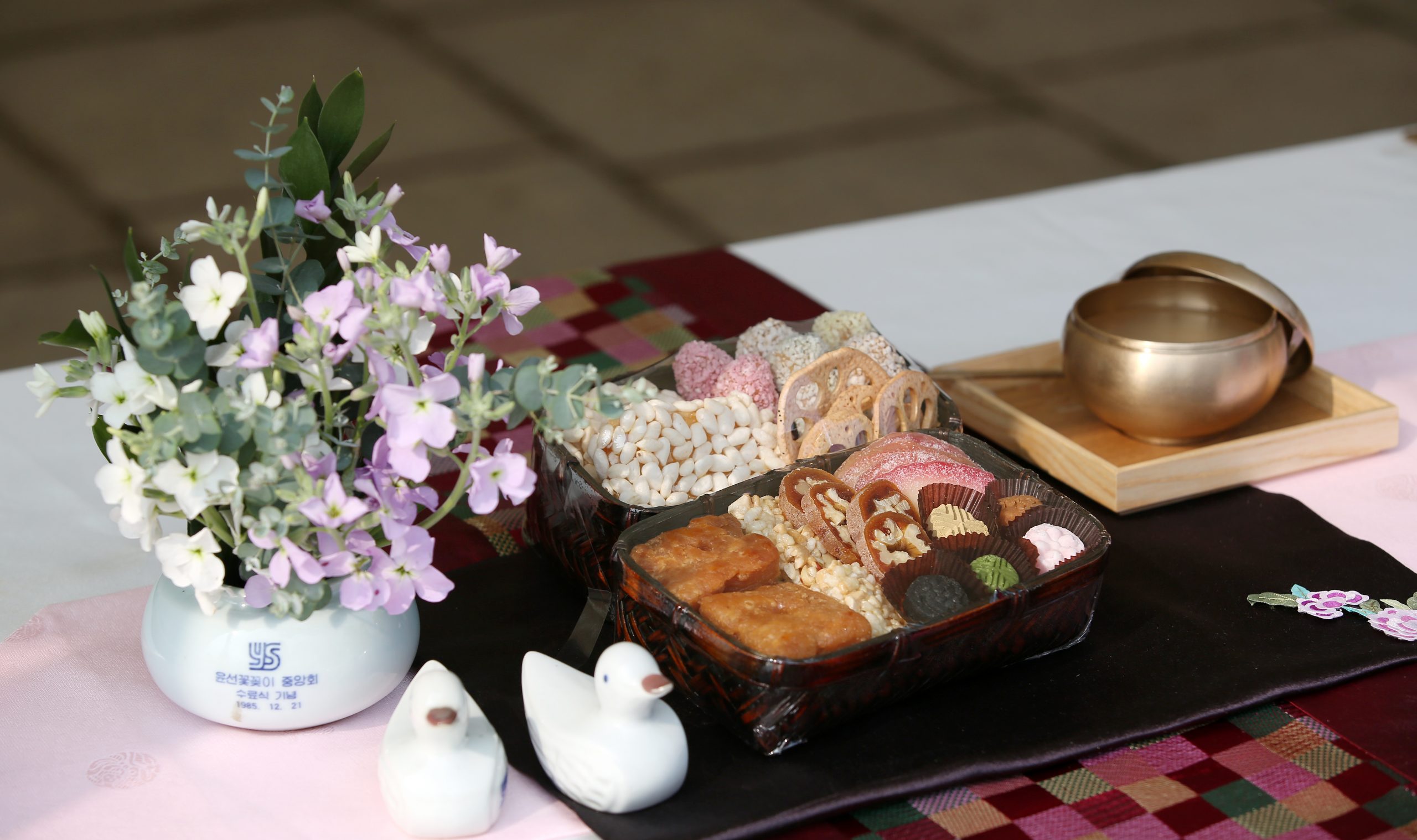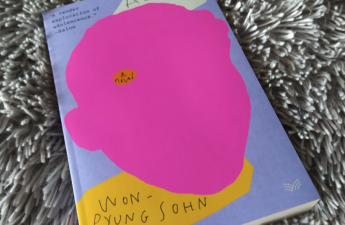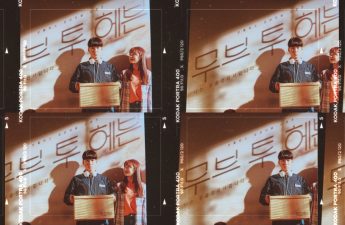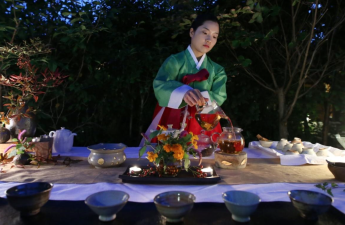Lunar New Year (설날) is one of the most important holidays in Korea. It is celebrated for three days, including the day before and after. It is celebrated on the first day of the lunar calendar. For example, in 2022, it is from February 1-st to 3-rd. Seollal is also called 구정 Kujon (舊 正), 정월 Chonwol (正月), and in the Chinese style – 원단 Wontan (元旦), 단월 Tanwol (端 月) and so on.
Seollal is widely celebrated in the cultures of East Asia. In China and Vietnam, it is called the Spring Festival 春節 / 春节, chūnjié, and 節, Tết. In Japan, the Lunar New Year is celebrated on the same day as 쇼가쓰 Shogatsu (正月). After the Meiji Restoration (메이지) in 1873, the lunar calendar was abolished and changed to the solar calendar. North Korea considers the Lunar New Year on January 1, and it is an official public holiday.
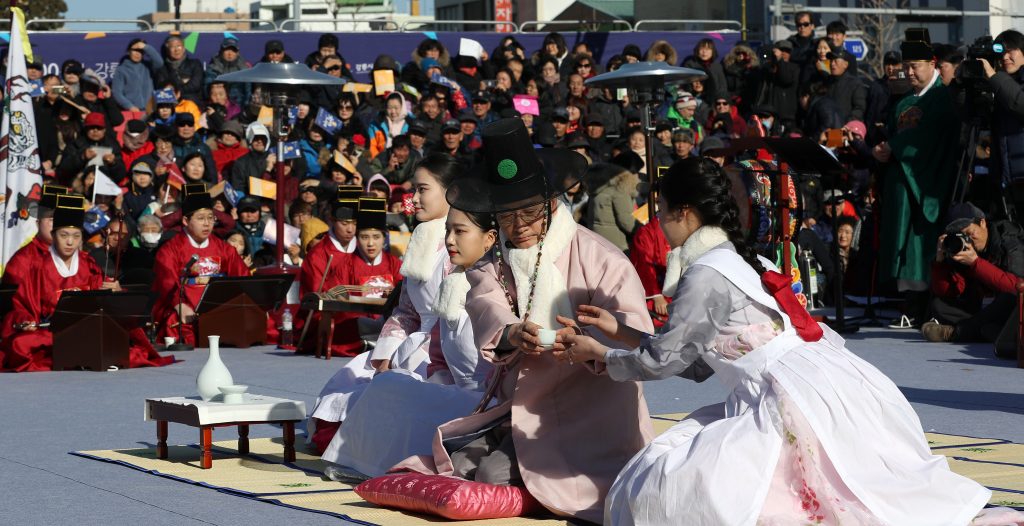
In English, there are different names for the Lunar New Year, for example: “Lunar New Year”, “Korean New Year”, and Chinese New Year is limited to “Chinese New Year”. Nine countries celebrate this holiday: Korea, China, Taiwan, Vietnam, Mongolia, Malaysia, Indonesia, Hong Kong, and Singapore.
An interesting fact: Some Chinese argue that the Lunar New Year is a Chinese tradition, that’s why South Korea should stop celebrating Seollal.
There are many customs such as commemorating ancestors “charye”, greeting with a bow “sebae”, and cooking soup with dumplings “tteokguk”. In addition, people dress up in New Year’s clothes “solbim”, say good wishes to each other, write greeting cards, and hang “bokjori” (the net that is hung on the wall at dawn on January 1 of the lunar calendar, believing that it brings good luck to the house). The most popular games are Yut, where players throw sticks, and the traditional “neolttwigi” game. It is a classic Korean game where two people stand on the edge of a wide wooden board, supported by something in the middle, jump in turn, tossing each other).
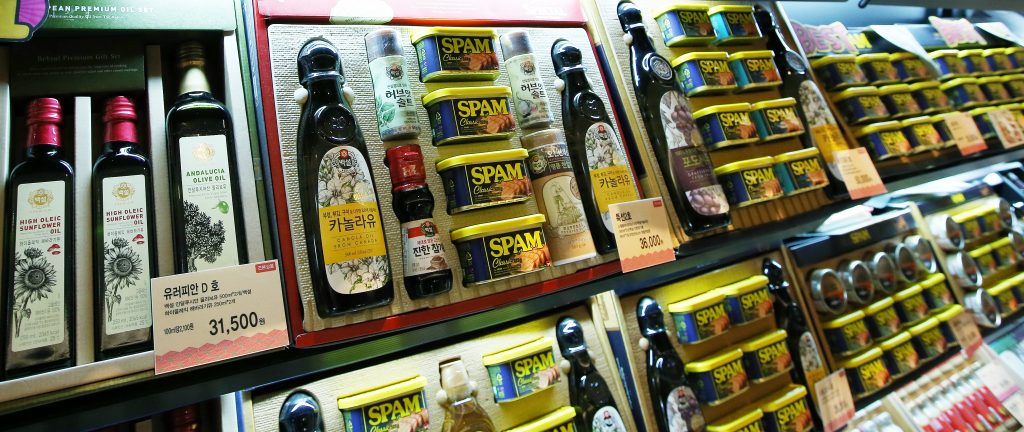
Before the meal, the family should worship the ancestors with the “charye”. Then the ritual of “sebae” follows. Kindergarten teachers teach children to bow in advance of the holiday and explain how to get New Year’s money from their ancestors. Some people think that children under age can just ring the bells.
There is a belief in Korea that your age increases by a year in Seollal and not only on your birthday. A person gets older after eating traditional pies and “tteokguk” soup. So, for instance, if you were born in December, you are already one year old, but with the onset of the Lunar New Year, another year is added because nine months of life in the womb is also counted.
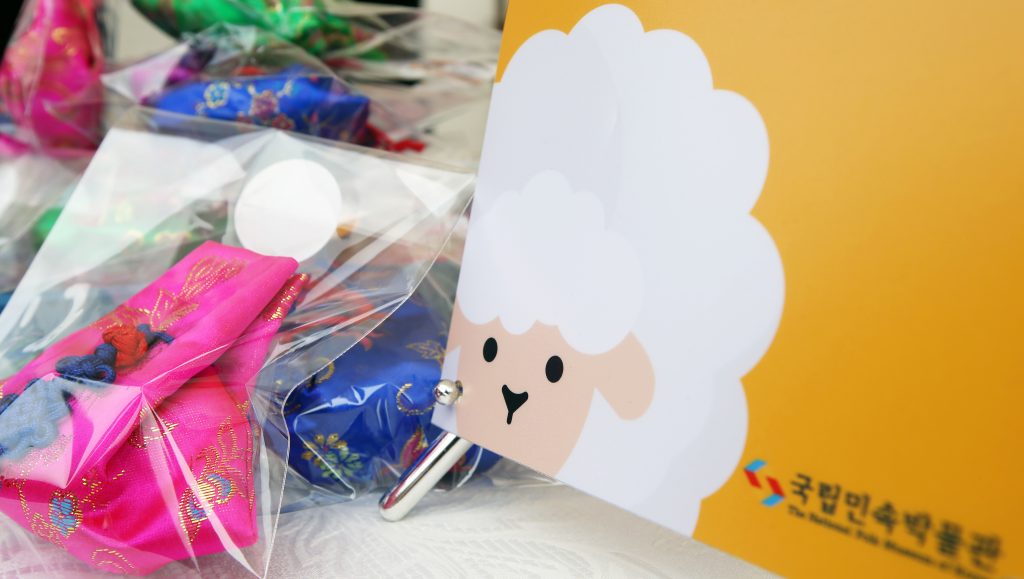
As for gifts, Koreans are more practical in giving them; they often choose sets of fruit, canned food, vitamins, cosmetics, personal care products, ginseng, and even Korean beef. An envelope with money is another popular present.
Journalist Viktoriia Holovach, English translation by Anastasiia Malakhova
2